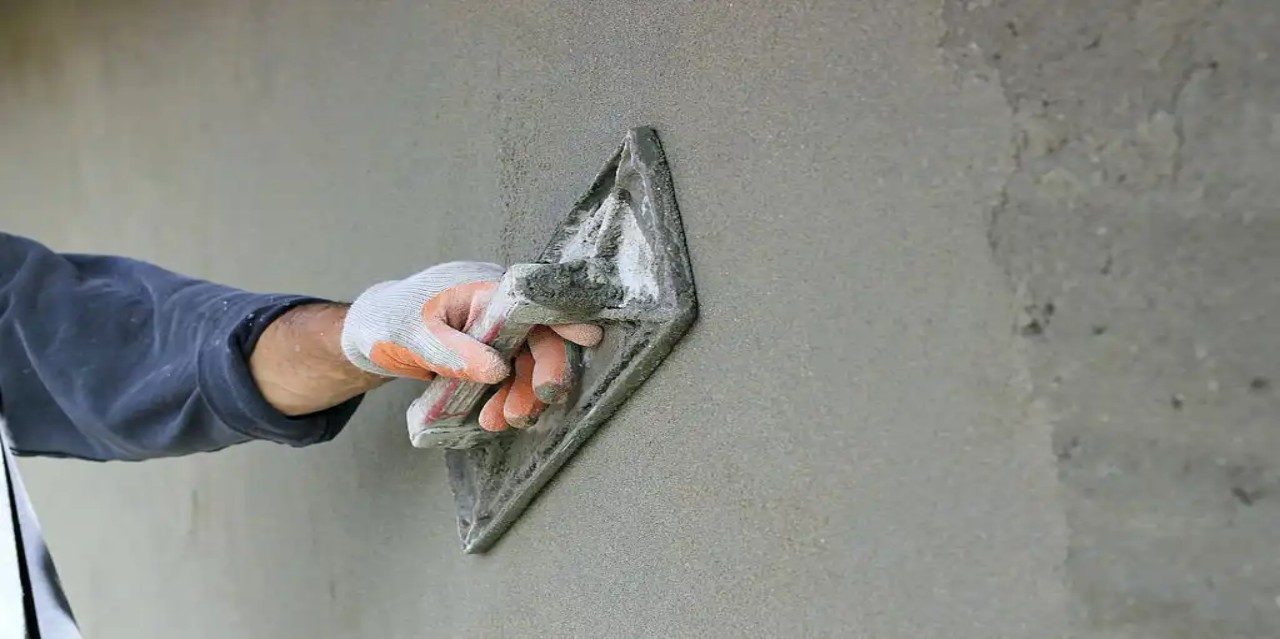
CAN M SAND BE USED FOR PLASTERING? MYTHS VS FACT
People often ask when it comes to the right material for plastering: can M Sand be used for plastering? Here at METSAND, we frequently see customers who ask us the same question. They hear a lot of things that are right and wrong. In this blog, we will dispel all confusion and help you understand if M Sand for plastering is the right choice for your construction project. Our purpose at METSAND is to ensure you make smart and safe decisions on what to build.
M Sand Used for Plastering – What You Should Know
Manufacturers create M sand, also known as manufactured sand, by crushing hard rocks. Builders utilise it as graded and clean material instead of river sand. But is M sand for plastering acceptable? The answer is yes. And quite in fact, if washed M sand of the right grading is used, it gives a smooth and strong finish to walls.
Most people believe that M sand is too rough for plastering. This is a myth. Good-quality M sand has the right size for plastering. It bonds well to the wall and does not crack. Above all, unlike river sand, M sand contains no clay and silt; therefore, it is safe for plaster and yields better results in the long run.
Employing M-sand also gives an additional benefit to the environment by lowering river sand reserves depletion, which is detrimental to rivers and the natural world. With M sand for plastering being handy, cheap, and eco friendly
Common Myths About M Sand in Plastering
The biggest myth is that M sand will absorb more water and lead to shrinkage cracks. This is possible only when we use low-quality sand. In METSAND, we provide well-graded M sand with good moisture control that prevents this kind of issue. It is also a myth that M sand will make the plaster surface coarse. Fine-grade M sand actually provides a smooth and flat surface that is best suited for painting and finishing.
They also believe that M-sand will not adhere well to cement. This is not the case either. If M-sand is free from contaminants and conforms to IS standards, it adheres well with cement and contributes to the overall strength of the plaster.
How to Identify Good M Sand for Plastering
To achieve the best outcomes, always verify whether the supplier has washed the M sand and ensured it is free of dust and impurities. The sand should feel soft to the touch, even in texture, and undergo standard sieve analysis. Do not purchase sand that is too gritty or has noticeable clay. METSAND guarantees that each batch of M sand utilised for plastering undergoes quality inspections so that you do not need to worry during application. Also make sure you employ the right mix ratio, typically 1:4 (cement:sand), when you are doing internal walls and ceilings. Curing after plastering also guarantees durability.
Conclusion
In conclusion, M sand for plastering is not only a good choice—it is the intelligent one. Don’t let conventional myths prevent you from utilising a high-quality product. METSAND offers meticulously processed and tested M sand that best suits plastering walls in residential homes, schools, and buildings. Opt for METSAND for strength, safety, and sustainability.
For more visit our site Metsand.in
